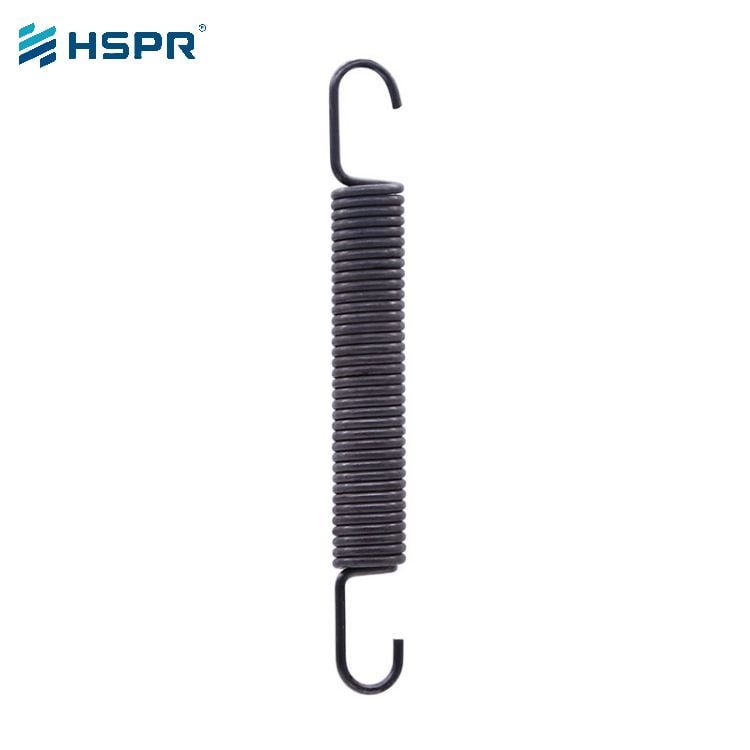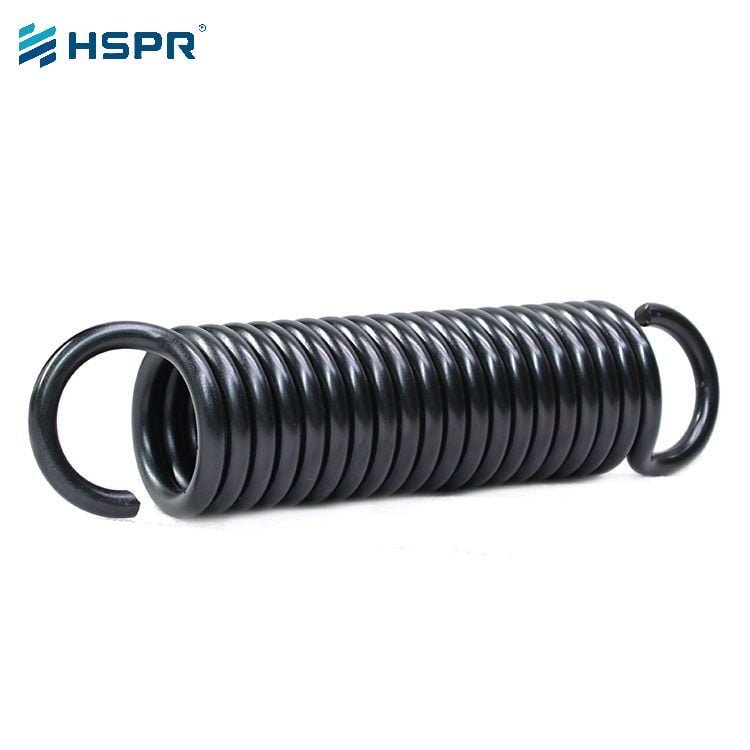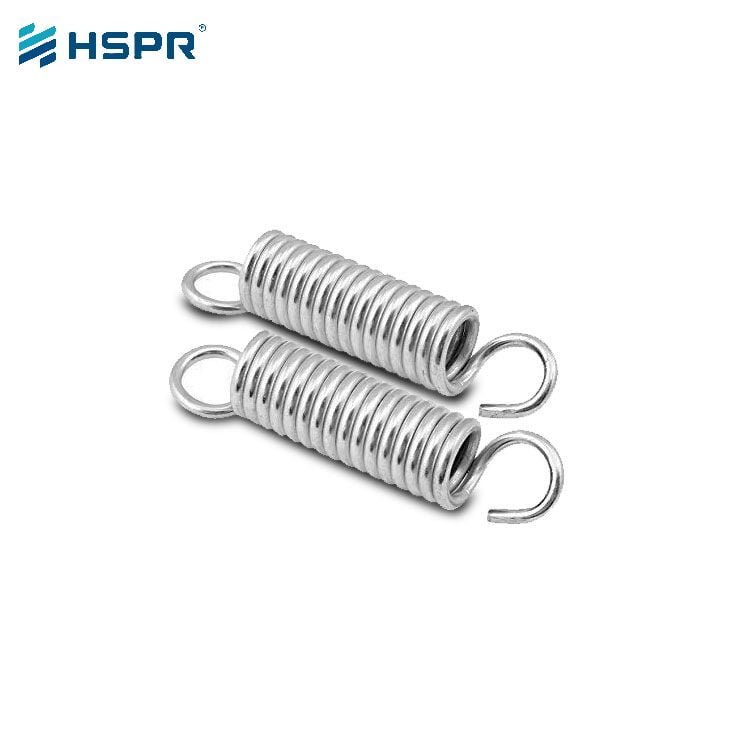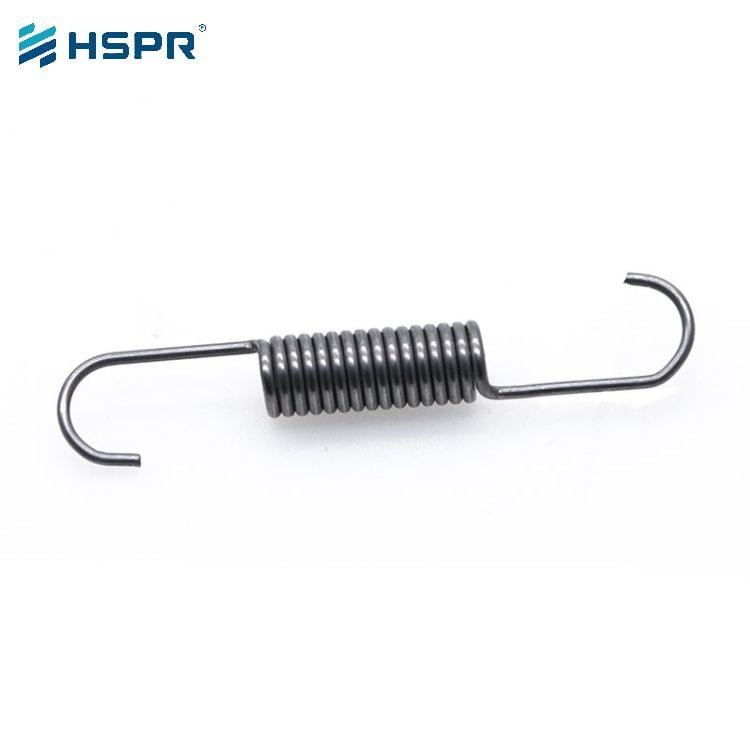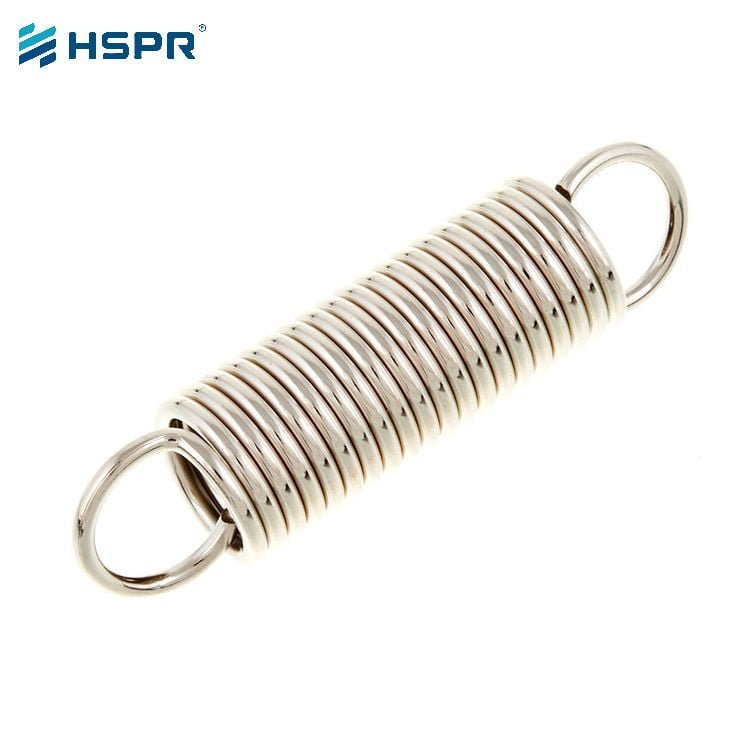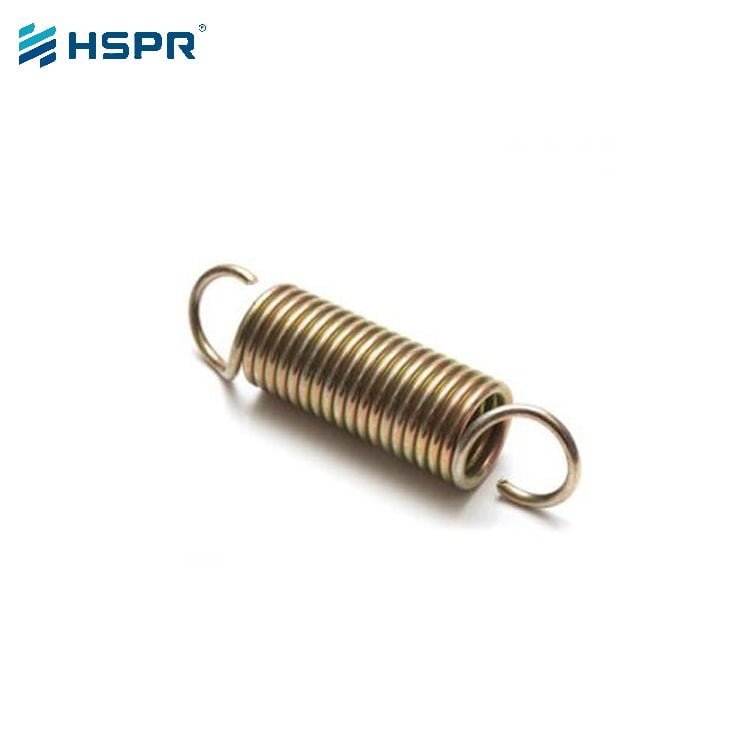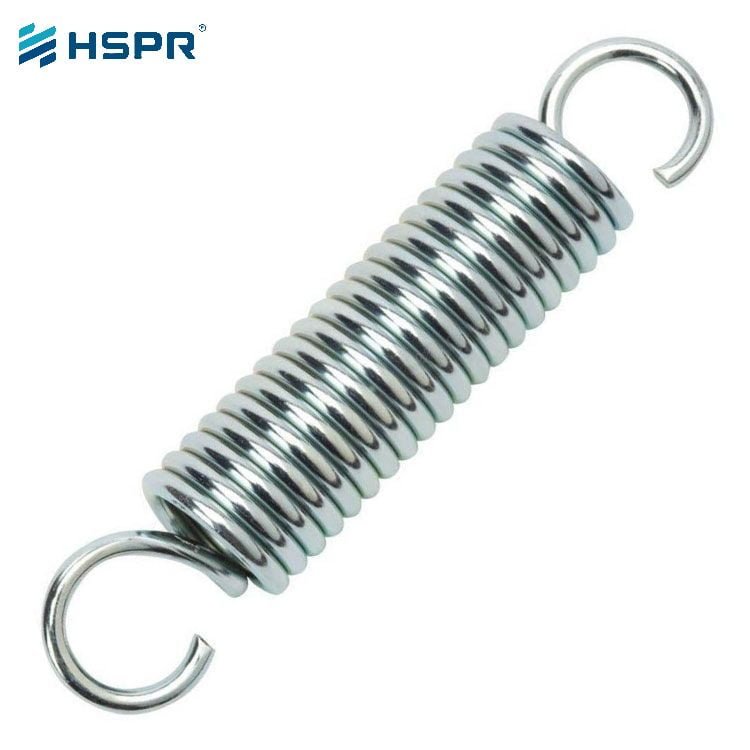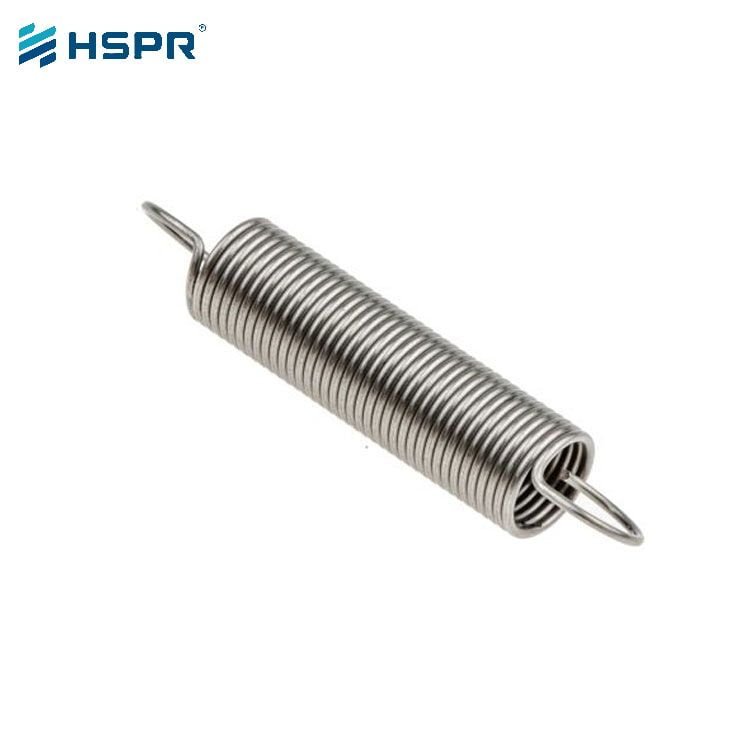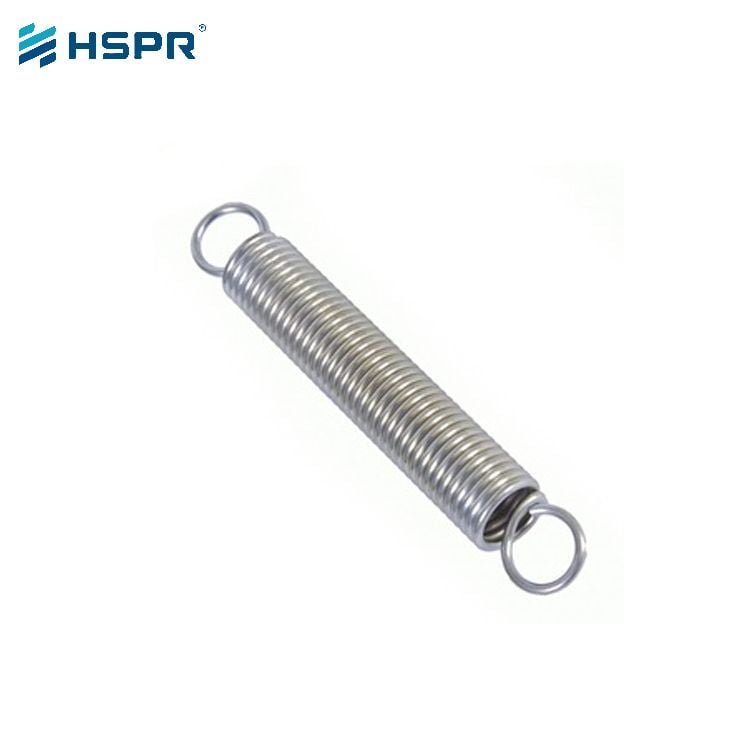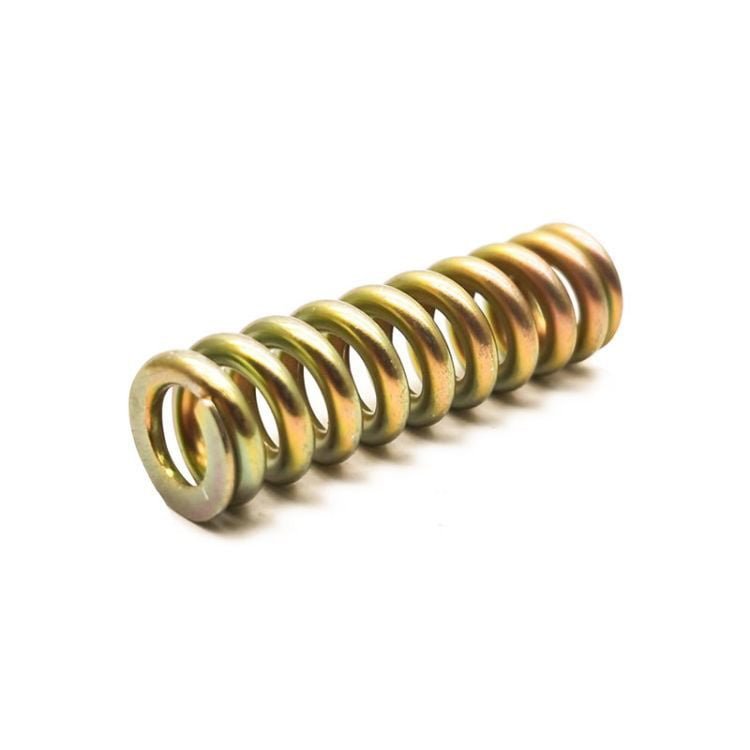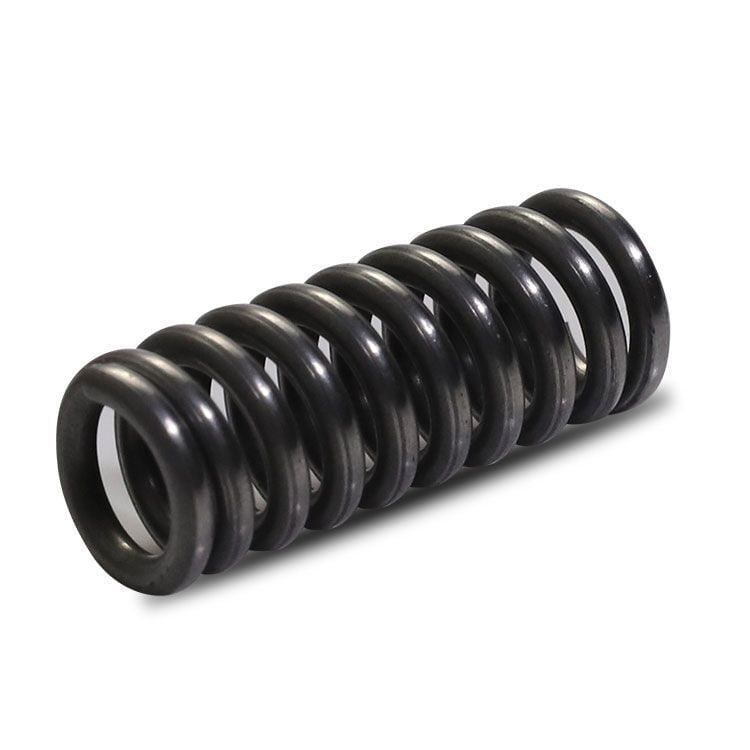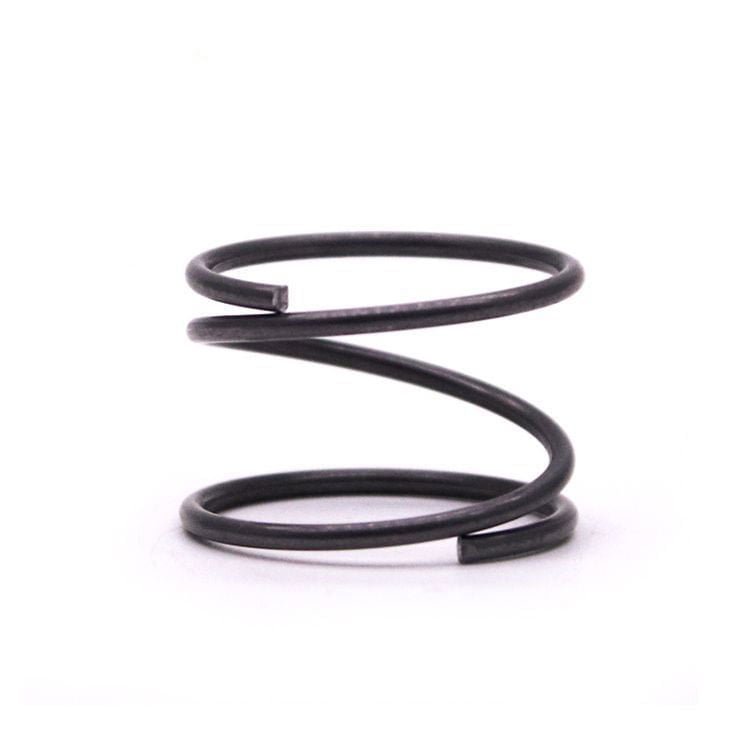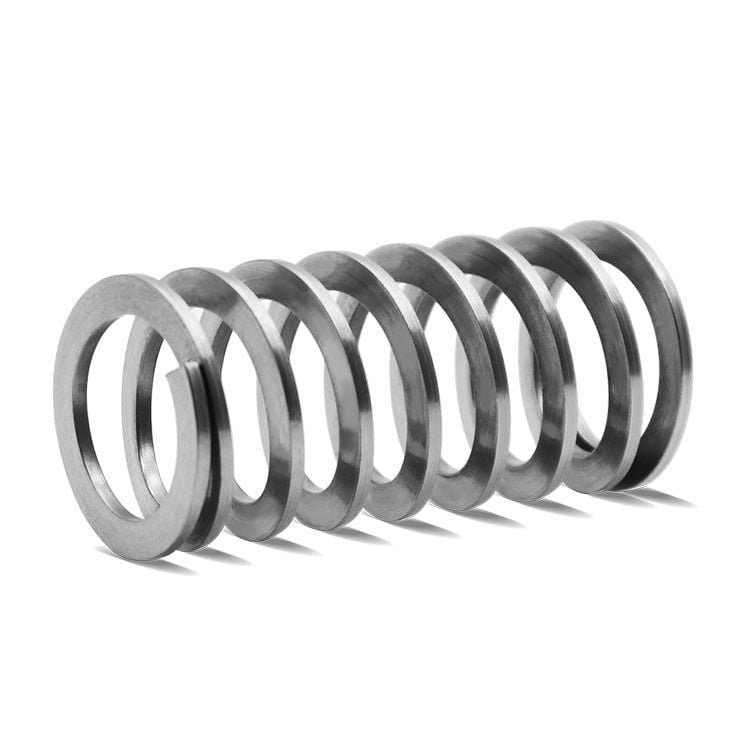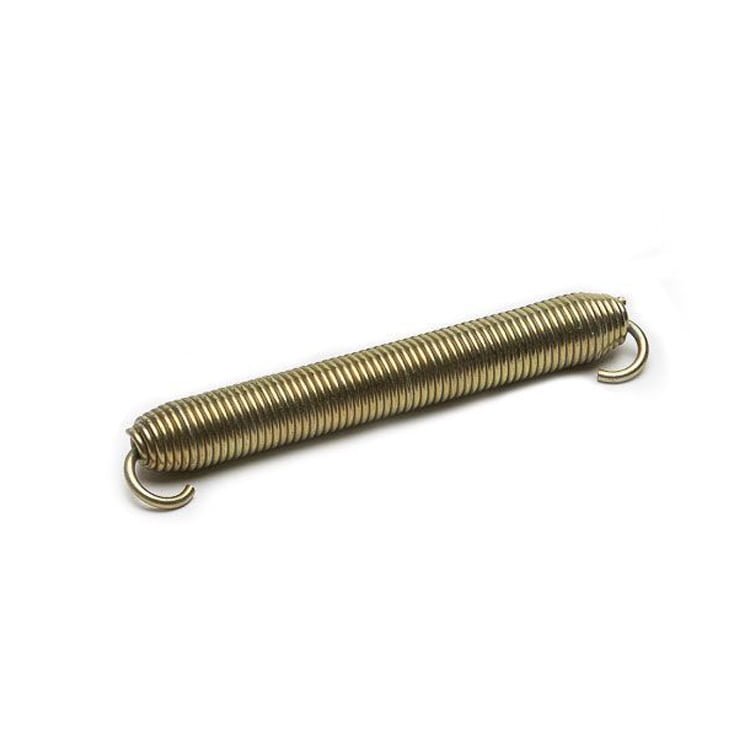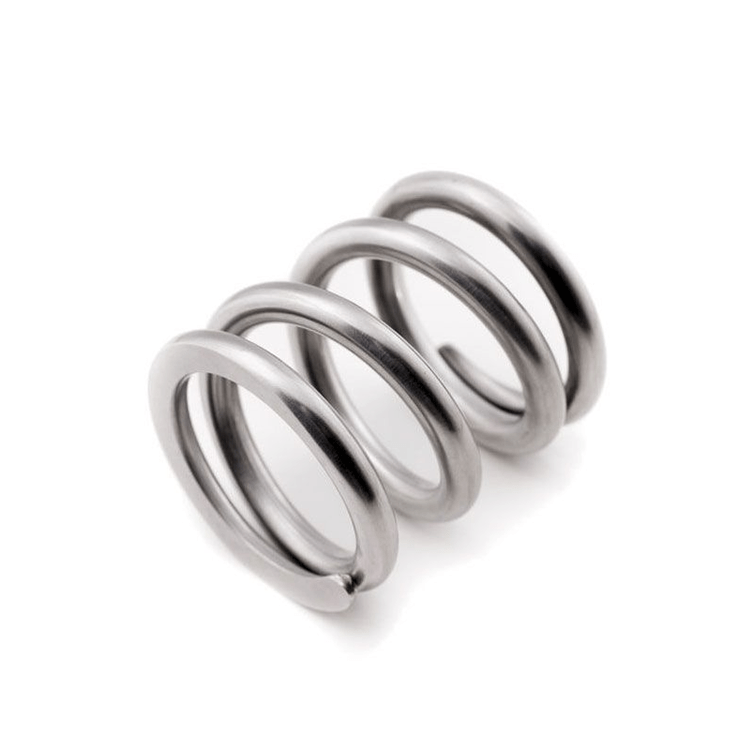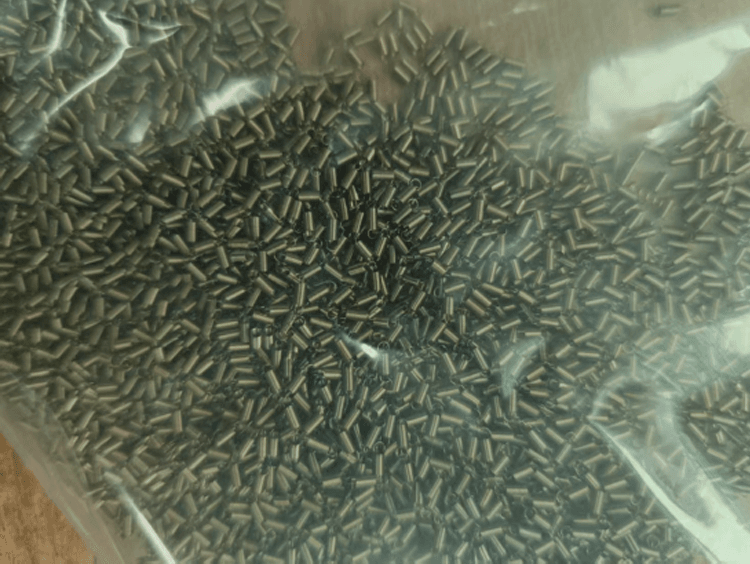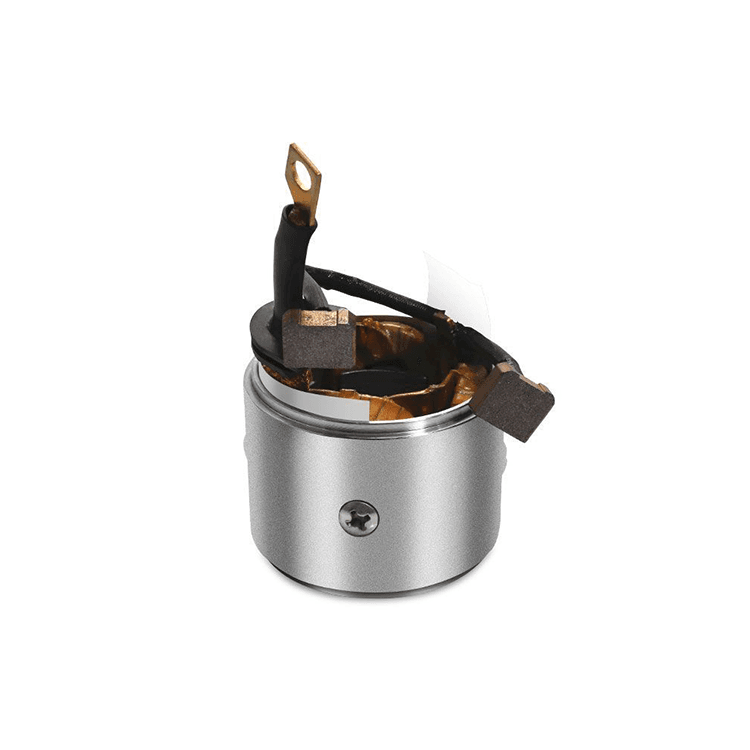Helical extension spring
Helical extension spring, called a tension spring, is a tightly coiled spiral of metal, usually fitted with steel structures or rings at both ends, in order to be fixed to a variety of fixtures, equipment and components. Coil tension springs are often considered an integral part of common five-door five-piece kits, but they also play an important role in other applications from industry to automotive, agriculture to electronics and more.
Helical extension spring can be used in a variety of devices and have many different uses. This means that the design of the coil tension springs is very critical in terms of the force applied and its physical size, and even the smallest size change can affect the function of the spring.
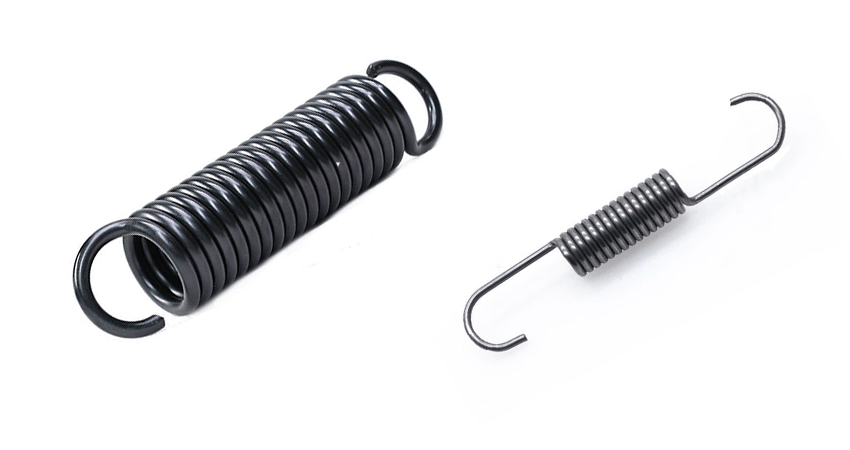
Helical tension spring Adjacent coils are held together by initial tension, and there are hooks at the end that can be pulled apart/stretched. Helical tension springs can be used for devices that are forced to move and need to return to their original position after the force is removed. Its hooks enable holding of equipment parts and stretching/stretching.
Applications of Helical extension spring:
- Custom helical extension spring have a variety of uses in a variety of industrial, workplace and home environments.
- Spiral stretch springs have a variety of mounting and use purposes, you can find them on trampolines, fitness equipment, valves and even screen doors. The function of a helical stretch spring is to pull back on an object that is being pulled by force, thereby stretching it.
Other helical stretch springs
The force with which the Helical extension spring depends on the size and material type of the spring. This is called the spring rate, and there is a force that holds the coils of the spirally stretched spring together, called the initial tension. The initial tension is the additional force of the working load calculated based on the spring rate and distance traveled. For stretched springs, when calculating the work load, first use the spring rate and formation multiplied by the required load, and then add the initial tension.
Helical extension spring have an elastic limit based on the size of the spring and the stress of the hook. If the force applied exceeds the maximum load of the hook stress taken into account, or if the stretch of the spring exceeds the maximum travel of the hook stress taken into account, exceeding the elastic limit will cause the helical tension spring to deform, or cause the hook to bend or break. These excessive loads and travel will cause the spiral tension spring to fail.
HSPR can be customized with different Helical extension spring sizes, common spring sizes are:1 inch, 2 inch, 3 inch, 4 inch, 5 inch, 6 inch, 12 inch, 14 inch, etc.
Helical stretch spring technology is always made of metal, metal is necessary to achieve high tension and support the weight or tension often borne, more commonly this metal is steel, can be ordinary steel, galvanized steel or stainless steel, depending on the specific use.
Depending on where the helical tension spring is installed and used, it is usually pre-coated with various wear protection layers for outdoor use or according to challenging working environments.Stretch springs may stand out in some hardware Settings in the home,But they can easily consider aesthetics when designing, manufacturing and installing,It can therefore be painted or coated accordingly.
The main function of the extension helical spring is to absorb and store energy, and when the spring is stretched under a load, it will absorb and store the energy transferred by these loads and store it in its numerous metal coils. When the force is removed or relaxed, it redistributes the force back into motion, returning the linked object to its original position.
